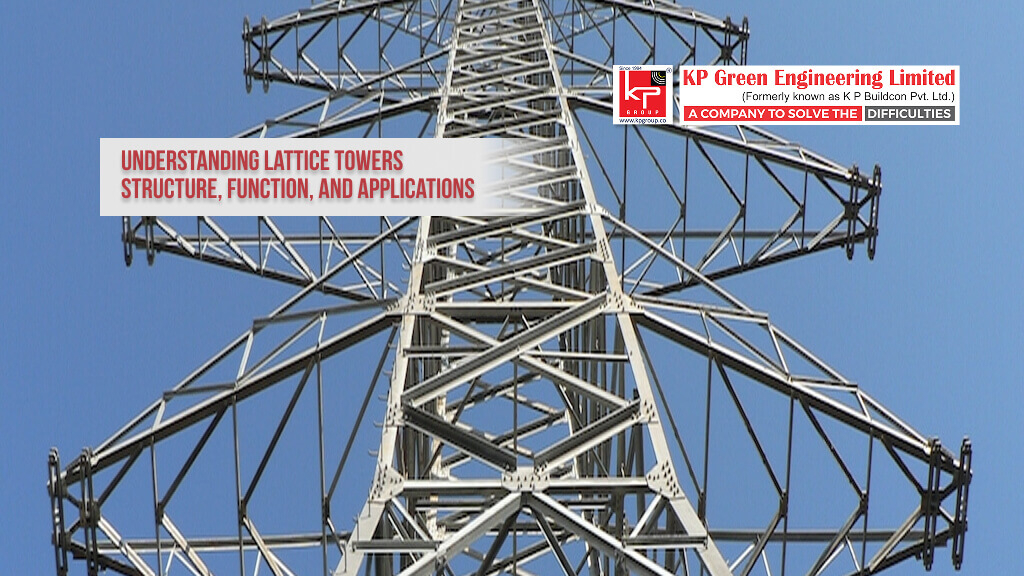Introduction
Why Lattice Steel Towers Still Matter If you’ve spent time around power infrastructure, you notice lattice steel towers right away. They are not just poles holding wires. They are strong, open frameworks built to last. With the upcoming Matar project, these towers are getting a lot of attention. Most people do not think about the towers behind their electricity. But anyone in the field knows they are more complex than they look. Lattice towers are designed to handle tension, compression, wind, and even seismic activity.
The Advantages Over Other Designs
Why choose lattice steel towers? They have been around for a long time for good reasons. They are strong, flexible, and cost-effective over long distances. Monopoles might look modern, but for 400 to 500 kilometers of transmission lines, lattice towers are usually better. They cost less per ton of steel and are easier to maintain. They are not perfect. The open framework can corrode if not coated properly. They are visually large, which can be a concern in populated areas. For industrial projects like Matar, durability and efficiency are more important than looks.
Tackling the Terrain Challenges
The upcoming Matar project faces uneven terrain. There are rolling hills, wetlands, and varying soil conditions. Lattice towers adapt well. Foundations can be adjusted for each spot. The steel sections are modular, so on-site changes are possible without stopping the project. Wind loads are another challenge. High-voltage towers face a lot of lateral pressure. At Matar, engineers studied wind patterns carefully. Lattice towers let wind pass through, unlike solid poles that block it. They handle these forces well.
Logistics and On-Site Assembly
Shipping and assembling large steel sections is not simple. Lattice designs allow prefabricated segments to be transported efficiently. On-site welding is minimal. Bolting is easier. Small improvements in assembly save a lot of time and money on a multi-phase project like Matar.
Maintenance and Longevity
Maintenance is often overlooked. Some engineers avoid lattice towers because they look complicated. That is a mistake. They are easier to inspect and repair. Ladders, climbing platforms, and modular design make work safer. Some engineers prefer monopoles for a smaller footprint and simpler look. But Matar is about reliability. Lattice steel towers have a long record of standing up to stress. They bend without breaking and tolerate various environmental conditions.
Environmental Considerations
Steel is recyclable, and lattice towers can reduce environmental impact. Foundations are smaller than they appear. Prefabricated segments reduce on-site disturbance. For Matar, which is near sensitive areas, this is a clear benefit.
Why Lattice Towers Are the Smart Choice
Lattice steel towers are practical. They deliver power safely and efficiently. For the upcoming Matar project, they are a choice that favors durability over looks. When the first tower is up, it will reflect decades of engineering experience and thousands of calculations. They are not flashy, but they last. That reliability is why they are still widely used.









